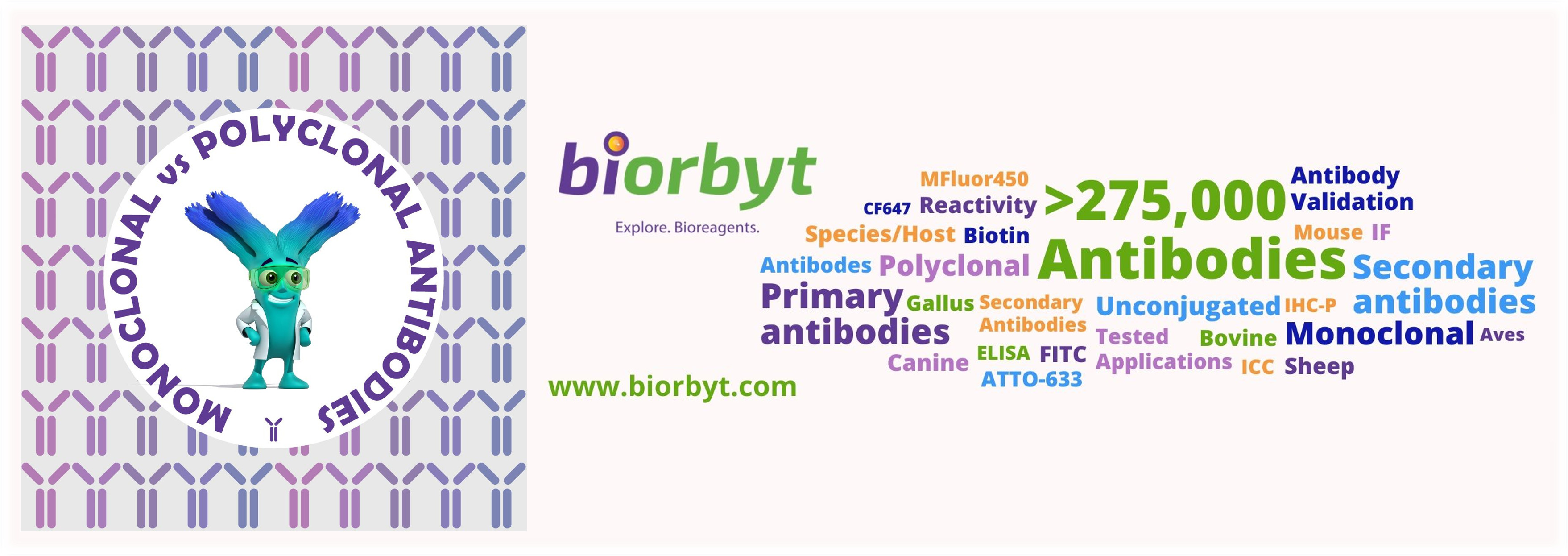



A ‘Cytokine Storm’, also known as hypercytokinemia, refers to an uncontrollable inflammation response by the immune system.
This overproduction leads to hyperinflammation and can cause widespread tissue damage, multi-organ failure, and acute respiratory distress syndrome (ARDS).
It can be triggered by multiple factors such as infections (e.g., COVID-19), autoimmune diseases, or certain medical treatments.
Managing it would require addressing the underlying cause and controlling the immune response through medications and care.
Cytokines are small proteins that act as crucial signaling molecules in the immune system, coordinating the body's response to infections and injuries.
They regulate the activation, growth, and differentiation of immune cells, such as T-cells, B-cells, and macrophages, ensuring an appropriate and efficient immune response.
By mediating inflammation, cytokines recruit immune cells to sites of infection or injury, promoting pathogen elimination and tissue repair.
Overall, cytokines maintain immune homeostasis and enable the body to defend against pathogens while promoting recovery and repair.
Interleukin-6 (IL-6): Stimulates immune response and inflammation, leading to fever and tissue damage.
Tumor Necrosis Factor-alpha (TNF-α): Promotes inflammation, fever, and apoptosis (cell death).
Interleukin-1 beta (IL-1β): Induces fever, inflammation, and tissue destruction.
Interferon-gamma (IFN-γ): Activates immune cells and enhances antigen presentation, contributing to inflammation.
Interleukin-2 (IL-2): Promotes T-cell proliferation and activation, exacerbating immune response.
Interleukin-10 (IL-10): Modulates immune response, both pro-inflammatory and anti-inflammatory.
Interleukin-8 (IL-8): Attracts neutrophils to sites of inflammation, exacerbating inflammation.
Granulocyte-macrophage colony-stimulating factor (GM-CSF): Stimulates white blood cell production and activation, contributing to hyperinflammation.
Symptoms of a cytokine storm include sudden high fever, severe fatigue, muscle and joint pain, respiratory distress leading to acute respiratory distress syndrome (ARDS),
rapid heart rate, low blood pressure, and cognitive disturbances like confusion or delirium.
In severe cases, multiple organ dysfunction can occur, necessitating prompt medical intervention to prevent further complications and
mitigate the potentially life-threatening consequences.
Treatment of a cytokine storm involves a multifaceted approach aimed at addressing the underlying cause, dampening the hyperactive immune response, and managing
associated complications. Initially, identifying and treating the trigger, such as infection or autoimmune disease, is crucial. Immunomodulatory agents like corticosteroids,
IL-6 inhibitors (e.g., tocilizumab), or IL-1 inhibitors (e.g., anakinra) are often employed to suppress the exaggerated immune response.
Research into novel therapeutic approaches continues to expand the treatment options for this complex and potentially life-threatening condition.
More Information on Active Cytokines
